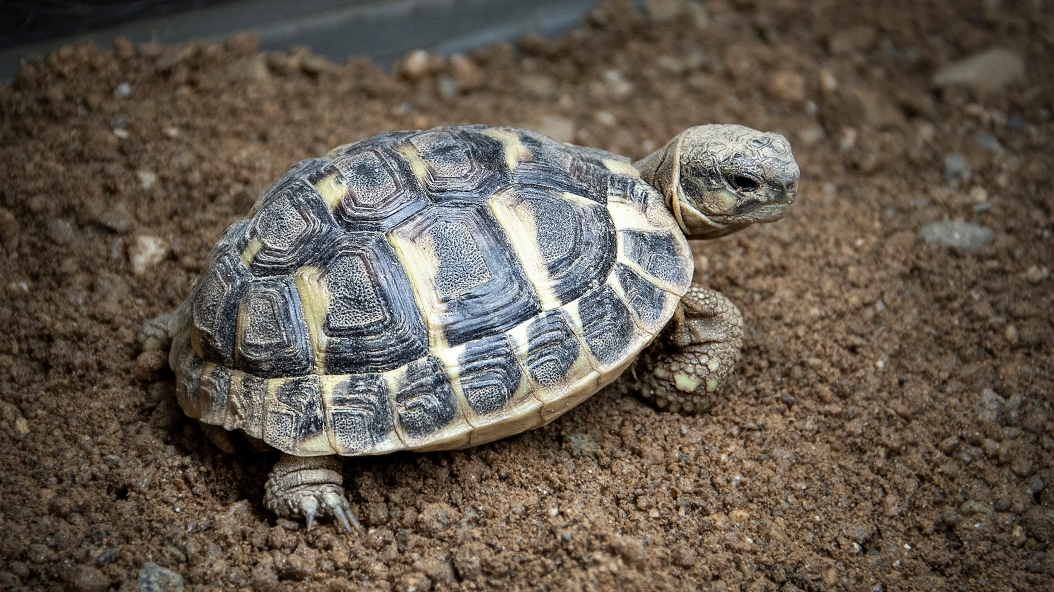As part of the programme to reintroduce the western Mediterranean tortoise (Testudo hermanni) into the wild, this year, a total of 660 Mediterranean tortoises have been released into Parc del Garraf to strengthen their population on the Garraf Massif. The released tortoises come from the rescue and breeding in captivity activities carried out at the Amphibian and Reptile Rescue Centre of Catalonia (CRARC), from the L’Albera Tortoise Reproduction Centre, and from the breeding facilities managed by individuals, in collaboration with the Catalan Ministry of Territory and Sustainability, including the facilities at Barcelona Zoo.

The Mediterranean turtle is a protected endangered species in Catalonia. The main factors that threaten it are poaching, natural depredation, forest fires, domestication of the animals (causing damage and hybridisation with other species), and cars running them over. So one of the keys to these tortoise populations’ survival is habitat management, which improves the quality and availability of areas for nesting and feeding.
With a view to consolidating and repopulating areas once inhabited by this species, a conservation programme has been coordinated by the Catalan Ministry of Territory and Sustainability. Within this context, after they practically disappeared from the Garraf Massif, a programme to guarantee the survival and sustainability of the Mediterranean tortoise population in the park has been established. This programme has been developed in accordance with the guidelines set out in the Natural Heritage and Biodiversity Conservation Plan for Parc del Garraf and Parc d’Olèrdola, drawn up in 2016, and in the specific Conservation Plan for this species, drawn up in 2002 by CRARC, and it consists of reintroducing tortoises into the most favourable spots in the natural environment, improving habitats and monitoring the condition of these reintroduced populations. With the 660 tortoises released this year, we have now reintroduced over 8,000 into the wild.
The results of the programme have been positive. However, to guarantee the survival and stabilisation of the Mediterranean tortoise population in the Garraf, more must be released and a good proportion of the tortoises born in the park need to reach adulthood and reproduce. It is therefore important to track the current population in the field and analyse the various parameters that indicate how the population is progressing.




